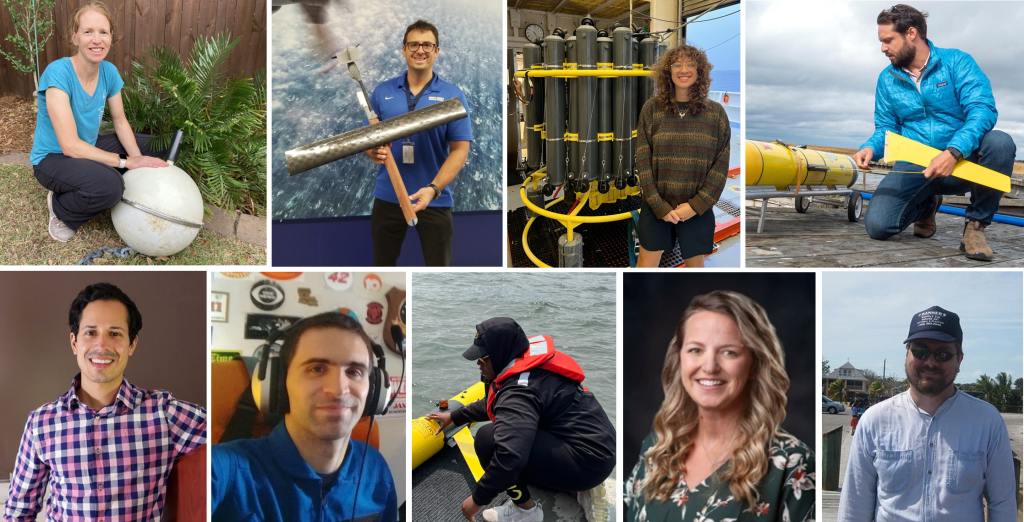The Global Ocean Monitoring and Observing Program (GOMO) received funding through the Disaster Relief Supplemental Appropriations Act to support a focused ocean-atmosphere observing experiment during the 2023 hurricane season. This research experiment, called the Coordinated Hurricane Atmosphere-Ocean Sampling (CHAOS) is an integrated field campaign led by GOMO’s new Extreme Events Program and conducted as part of NOAA’s Atlantic Oceanographic and Meteorological Laboratory’s long standing Hurricane Field Program. The goal of CHAOS is to improve our understanding of the role of the ocean, waves, and air-sea interactions in the development and intensification of hurricanes in order to produce more accurate and reliable models and forecasts.
To support the development of early career scientists and researchers, GOMO prioritized funding projects co-led by early career scientists, investigators and collaborators. Early career ocean professionals are defined as people who are current graduate students, postdoctoral researchers, or within 10 years since the completion of their highest graduate degree. Read more about the early career researchers involved in this collaborative effort below!
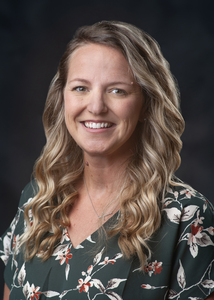
Johna Rudzin, Ph.D.
Assistant Professor, Mississippi State University
- Project: Targeted Aircraft-Based Measurements of the Air-Sea Transition Zone for Understanding Tropical Cyclone Intensity Change
- Lead Principal Investigator: Jun Zhang
- Co-investigators & Collaborators: Joseph Cione, Joshua Wadler, Johna Rudzin, Nick Shay
My role in the CHAOS project involves assisting with the acquisition of ElectroMagnetic Autonomous Profiling EXplorer (EM-APEX) oceanic profiling floats, planning their deployment, and conducting data analysis to estimate ocean turbulence and momentum flux during tropical cyclones. These floats measure temperature, salinity, and currents. I’m excited about getting to participate in a collaborative field program that will hopefully retrieve collocated measurements in the atmosphere, ocean, and wave fields during a tropical cyclone. If successful, I feel this will greatly expand our understanding of air-sea interaction in tropical cyclones because of the diverse observational assets.
Photo Credit: Beth Wynn, Mississippi State University
Joshua Wadler, Ph.D.
Assistant Professor of Meteorology, Embry Riddle Aeronautical University
- Project: Targeted Aircraft-Based Measurements of the Air-Sea Transition Zone for Understanding Tropical Cyclone Intensity Change
- Lead Principal Investigator: Jun Zhang
- Co-investigators & Collaborators: Joseph Cione, Joshua Wadler, Johna Rudzin, Nick Shay
I am a researcher in the CHAOS project helping to coordinate air-deployed instruments, such as small uncrewed aerial systems (sUAS) from NOAA’s P-3 (Hurricane Hunter) aircraft. I am really excited about bringing together the meteorological and oceanographic communities so that we can sample air-sea interactions and gain insight on the physics behind how the ocean influences hurricanes and how they evolve.
Photo Credit: Laura Chaibongsai
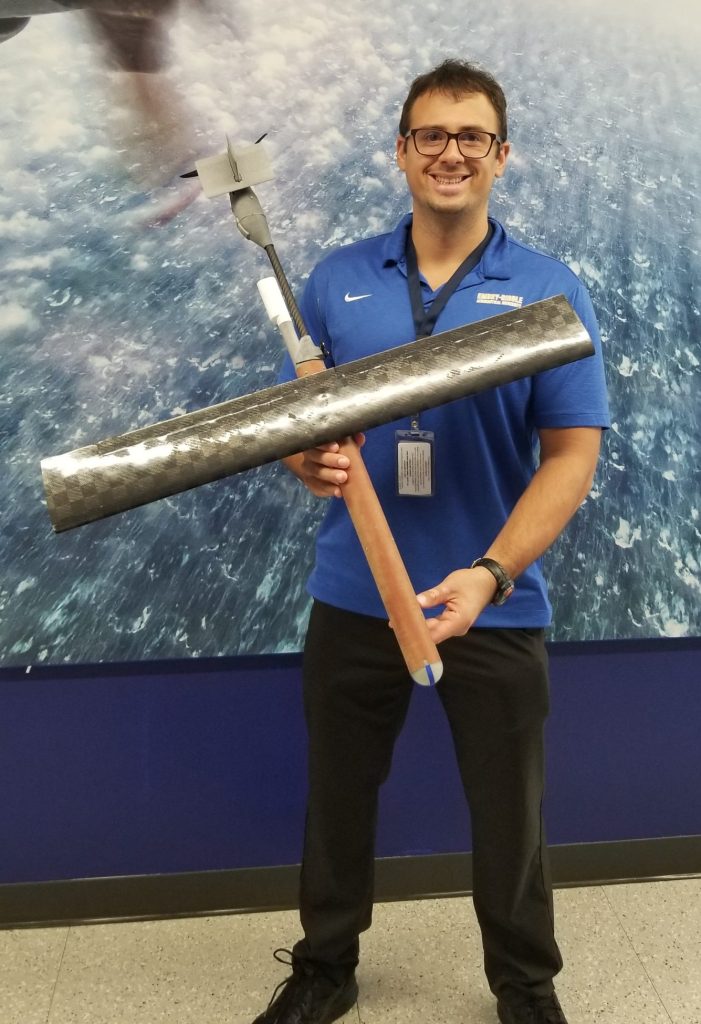
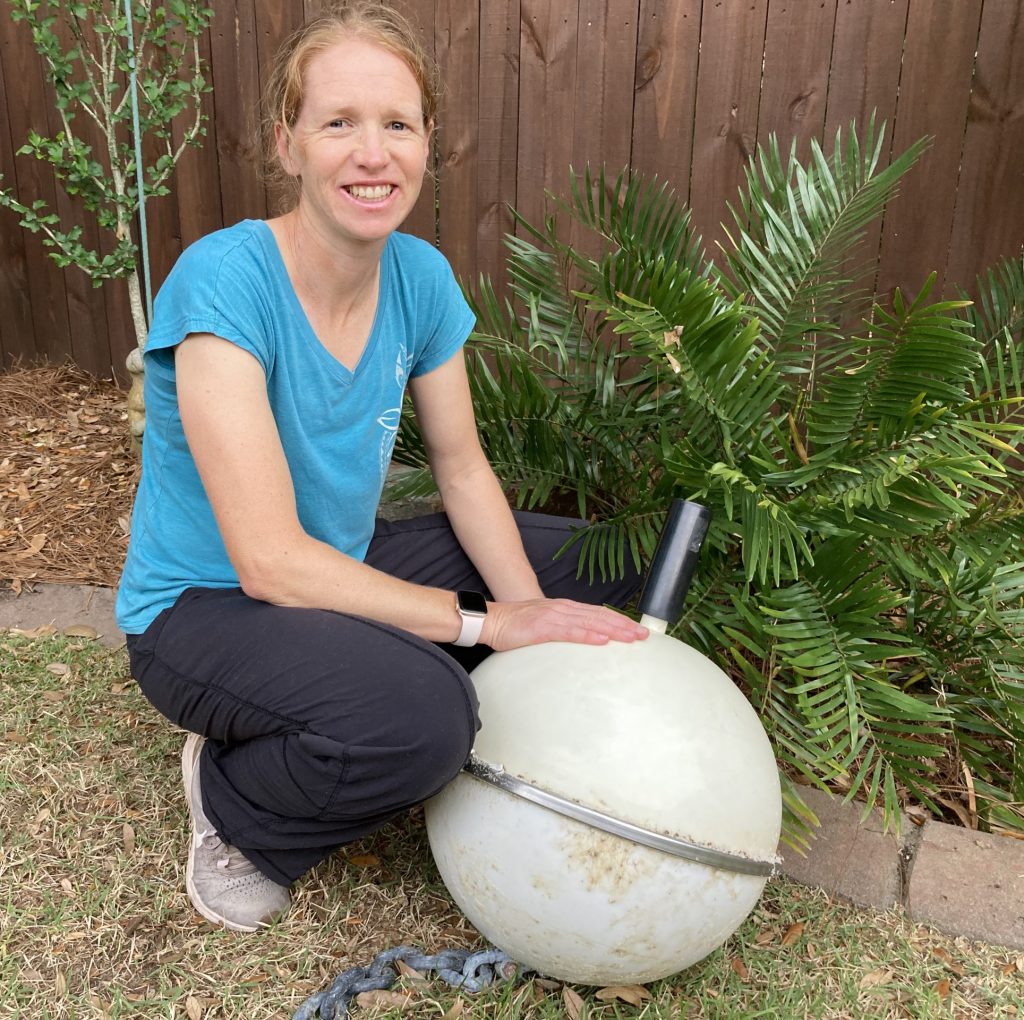
Martha Schönau, Ph.D.
Assistant Project Scientist, Lagrangian Drifter Laboratory and Global Drifter Program, Scripps Institution of Oceanography
- Project: Concurrent Observations of Directional Properties of Waves, Ocean Temperature and Air Pressure Under Hurricanes from Innovative Expendable Drifting Buoys
- Lead Principal Investigator: Luca Centurioni
- Co-investigators & Collaborators: Martha Schönau, Terri Paluszkiewicz, Joe Sienkiewicz
For the CHAOS project, I am responsible for the planning, deployment and analysis of the observations of our A-sized Directional Wave Spectra Drifters to better understand ocean and wave dynamics during hurricanes and other extreme weather events. The CHAOS project allows us to explore the ocean surface and its interaction with the atmosphere, which is important to improve forecasts for extreme weather events and understand their impacts under a changing climate.
Photo Credit: Hannah Vey Schönau
Joe Sapp, Ph.D.
Senior Support Scientist, Global Science and Technology, Inc. supporting the Ocean Winds Science Team at the Center for Satellite Applications and Research (NOAA NESDIS STAR)
- Project: Remote Sensing of the Ocean Surface Winds and Waves and 3-D Atmospheric Winds in Hurricanes
- Lead Principal Investigator: Paul Chang
- Co-investigators & Collaborators: Zorana Jelenak, Joe Sapp
My roles in the CHAOS project are to 1) maintain and operate the Imaging Wind and Rain Airborne Profiler (IWRAP) radar and Ka-band interferometric radar altimeter (KalA) systems on the NOAA P-3 Hurricane Hunter, 2) process and analyze the raw IWRAP data, generate 3D atmospheric wind and reflectivity profiles, and 3) ensure the data is getting transmitted to the ground for use by forecasters. I have been working with airborne remote sensing data in tropical cyclones for over ten years. One of the challenges is obtaining collocated, in situ data from ocean observing instruments and linking those to aircraft measurements. CHAOS offers a good opportunity to coordinate with other researchers so that we can put observations in context.
Photo Credit: Joe Sapp
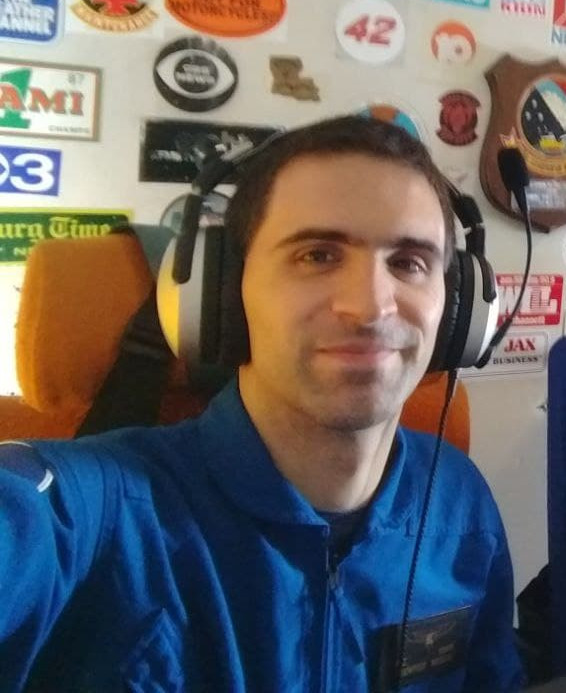

Travis Miles, Ph.D.
Assistant Professor, Rutgers University, Center for Ocean Observing Leadership
- Project: Glider based observations of upper ocean mixing under hurricanes
- Lead Principal Investigator: Travis Miles
- Students & Collaborators: Leah Hopson, Jessica Leonard, Doug Wilson
I am a project principal investigator focused on studying upper ocean mixing processes underneath hurricanes. I will be using autonomous underwater robots with advanced sensors, as well as numerical modeling tools to study these processes in the Caribbean Sea. We are focusing these advanced sensors in regions where upper ocean temperature and salinity are highly variable and hurricanes are common, such as the Amazon-Orinoco River Plume inflow into the Caribbean Sea. These uncertain ocean properties can lead to uncertainty in hurricane intensity forecasts. The ability to work with a broad set of partners and technologies all focused on understanding how our oceans and atmosphere interact during hurricanes is incredibly exciting. Building new collaborations and bringing students into the community is truly inspiring!
Photo Credit: Shelley Kusnetz
Leah Hopson, Ph.D. Student
Ph.D. student being advised by Dr. Travis Miles, Rutgers University, Center for Ocean Observing Leadership
- Project: Glider based observations of upper ocean mixing under hurricanes
- Lead Principal Investigator: Travis Miles
- Students & Collaborators: Leah Hopson, Jessica Leonard, Doug Wilson
My role in the CHAOS project is focused on understanding the use of ocean observing technologies and numerical modeling to investigate ocean mixing processes underneath hurricane events in the Caribbean. I am excited about this project because there is a possibility for me to utilize the output data from the autonomous underwater robots in my thesis work. In addition, this project will expand my collaborative efforts with other researchers examining air-sea dynamics during extreme weather events!
Photo Credit: Jordan Rosales
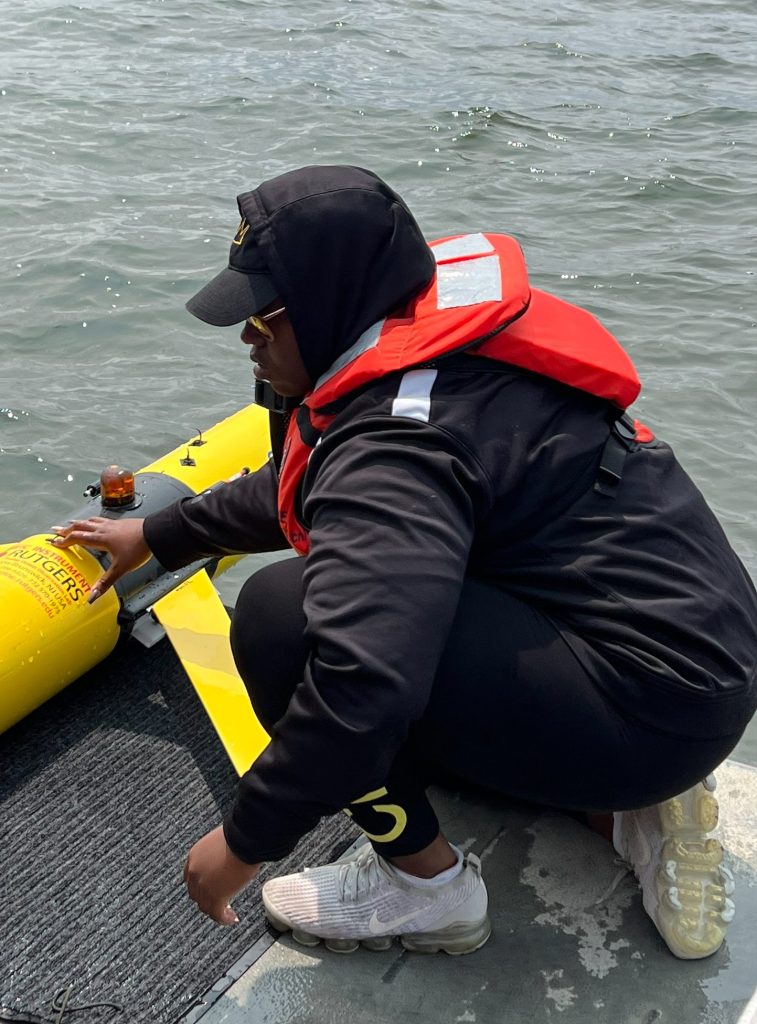

Jessica Leonard
Glider Technician, Rutgers University, Center for Ocean Observing Leadership
- Project: Glider based observations of upper ocean mixing under hurricanes
- Lead Principal Investigator: Travis Miles
- Students & Collaborators: Leah Hopson, Jessica Leonard, Doug Wilson
I will be maintaining, repairing, preparing, deploying, and piloting two Slocum gliders out of St. Thomas for the CHAOS project. I’m most excited to be able to send out autonomous underwater vehicles that will collect data that will better support hurricane forecasting and modeling. To be involved in work that could provide more accurate evacuation orders and storm information for communities susceptible to tropical storms is what this work is all about.
Photo Credit: Alexandra Fine
Alex Gonzalez, Ph.D.
Assistant Scientist, Woods Hole Oceanographic Institution (WHOI)
- Project: Profiling float observations for the Extreme Events Ocean Observing Task Team Integrated Field Campaign (CHAOS)
- Lead Principal Investigator: Steve Jayne
- Co-investigators & Collaborators: Pelle Robbins, Alex Gonzalez
My roles in the CHAOS project include deployment planning of WHOI’s Argo floats and analysis of Argo and other observational data with the goal of quantifying the influence of large-scale tropical convection on upper ocean salinity and air-sea fluxes. I am one of few meteorologists at WHOI and I only started one year ago, so I am most excited to learn more about upper ocean processes and form new collaborations. My research at present is focused on subseasonal to seasonal variability of tropical convection and I rely heavily on global reanalyses. Thus, I am also excited to incorporate new types of observational data sets into my research.
Photo Credit: Keo Perrion, Iowa State University


Lew Gramer, Ph.D.
Associate Scientist, Cooperative Institute For Marine and Atmospheric Studies supporting NOAA Atlantic Oceanographic and Meteorological Laboratory’s Hurricane Research Division
- Project: Observing System Experiments in support of the Extreme Events Ocean Observing Task Team Integrated Field Campaign (CHAOS)
- Lead Principal Investigators: Hyun-Sook Kim, Matthieu Le Henaff
- Co-investigators & Collaborators: Lew Gramer, HeeSook Kang
In the CHAOS project, I’m collaborating on designing hurricane field-program air-sea sampling experiments for coastal interaction studies and implementing coupled ocean data assimilation systems (e.g., HAFS–MOM6 and RTOFS-DA) and observing system experiment studies. What excites me is the opportunity to make a real impact on the understanding and forecasting of these horrible, complex weather systems, as well as engaging in collaborative research about the link between the ocean and the tropical atmosphere.
Photo Credit: Lew Gramer
